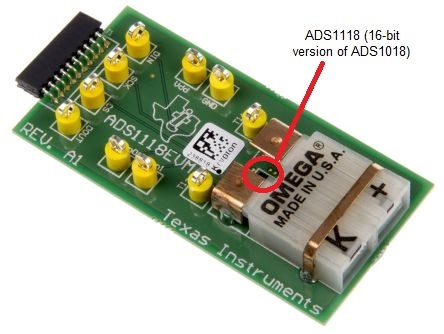Other Parts Discussed in Thread: ADS1118
I want to use this sensor with 32 bit MPC5777C microcontroller in temperature sensing mode. In datasheet they have given One 12-bit LSB equals 0.125°C. How i can calculate temperature with 32 bit microcontroller?


